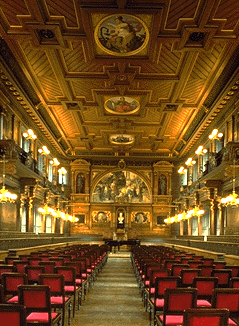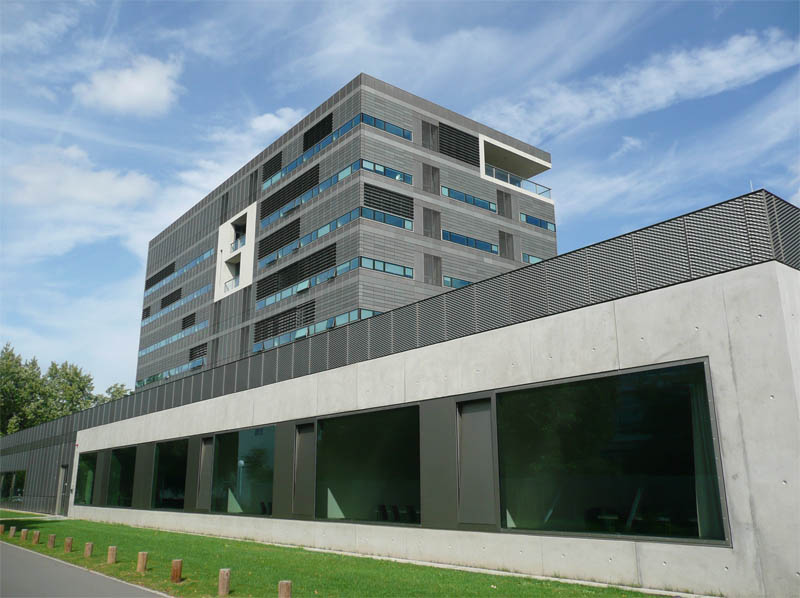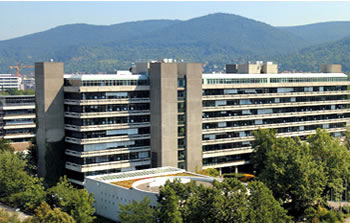Team:Heidelberg/Team
From 2008.igem.org
(Difference between revisions)
(→Team Heidelberg - Members Test) |
|||
| (24 intermediate revisions not shown) | |||
| Line 480: | Line 480: | ||
*'''[[Team:Heidelberg/Team Members#Phillip Hundeshagen|Phillip Hundeshagen]]''': Advisor and Mentor | *'''[[Team:Heidelberg/Team Members#Phillip Hundeshagen|Phillip Hundeshagen]]''': Advisor and Mentor | ||
*'''[[Team:Heidelberg/Team Members#Dr. David Kentner|Dr. David Kentner]]''': Advisor and Mentor | *'''[[Team:Heidelberg/Team Members#Dr. David Kentner|Dr. David Kentner]]''': Advisor and Mentor | ||
| - | *'''[[Team:Heidelberg/Team Members#Michaela Reichenzeller|Michaela Reichenzeller]]''': Advisor | + | *'''[[Team:Heidelberg/Team Members#Dr. Michaela Reichenzeller|Michaela Reichenzeller]]''': Advisor |
*'''[[Team:Heidelberg/Team Members#Yara Reis|Yara Reis]]''': Advisor | *'''[[Team:Heidelberg/Team Members#Yara Reis|Yara Reis]]''': Advisor | ||
*'''[[Team:Heidelberg/Team Members#Daniela Richter|Daniela Richter]]''': Advisor | *'''[[Team:Heidelberg/Team Members#Daniela Richter|Daniela Richter]]''': Advisor | ||
| Line 506: | Line 506: | ||
|} | |} | ||
| - | [[https://2008.igem.org/Team:Heidelberg/Team | + | [[https://2008.igem.org/Team:Heidelberg/Team back]] |
---- | ---- | ||
| - | So, after you have got to know the team a little better, we will proceed to have a look at the project of our team | + | So, after you have got to know the team a little better, we will proceed to have a look at the project of our team |
| - | [[Team:Heidelberg/Project#Overall project|'''... follow Phips (step 2)''']] [[Image:Phips2.png|middle|50px]] | + | [[Team:Heidelberg/Project#Overall project|'''... follow Phips (step 2)''']] [[Image:Phips2.png|middle|50px]] [[https://2008.igem.org/Team:Heidelberg/Human_Practice/Phips_the_Phage ''...back to step 1'']] |
| + | |||
---- | ---- | ||
| Line 535: | Line 536: | ||
|- | |- | ||
|} | |} | ||
| + | [[https://2008.igem.org/Team:Heidelberg/Team back]] | ||
== '''Bioquant - a short name for a large network''' == | == '''Bioquant - a short name for a large network''' == | ||
| Line 551: | Line 553: | ||
|- | |- | ||
|} | |} | ||
| + | [[https://2008.igem.org/Team:Heidelberg/Team back]] | ||
== '''DKFZ - how to win the Nobel Prize in 25 years''' == | == '''DKFZ - how to win the Nobel Prize in 25 years''' == | ||
{| class="wikitable" | {| class="wikitable" | ||
| - | |[[Image:dkfz.jpg|250px]] | + | |valign=top | [[Image:dkfz.jpg|250px|text-top]] |
|<div align="left"> The German Cancer Research Center (DKFZ) [1] has just recently been rated by an international panel as one of the leading cancer research institutes - confirmed simultaneously by the award with the Medicine Nobel Prize to Professor zur Hausen, who discovered the Papilloma virus as agent for cervical cancer in 1983. At this time zur Hausen took charge of the DKFZ for the succeeding two decades and lead the institute to its modern approach to Molecular Biology. The Helmholtz-Association - to which the DKFZ belongs - initiated one of the largest programs for systems biology in cancer, which is coordinated from Heidelberg. | |<div align="left"> The German Cancer Research Center (DKFZ) [1] has just recently been rated by an international panel as one of the leading cancer research institutes - confirmed simultaneously by the award with the Medicine Nobel Prize to Professor zur Hausen, who discovered the Papilloma virus as agent for cervical cancer in 1983. At this time zur Hausen took charge of the DKFZ for the succeeding two decades and lead the institute to its modern approach to Molecular Biology. The Helmholtz-Association - to which the DKFZ belongs - initiated one of the largest programs for systems biology in cancer, which is coordinated from Heidelberg. | ||
| Line 567: | Line 570: | ||
|- | |- | ||
|} | |} | ||
| + | [[https://2008.igem.org/Team:Heidelberg/Team back]] | ||
== '''BioRegio Rhein-Neckar - connecting science and industry''' == | == '''BioRegio Rhein-Neckar - connecting science and industry''' == | ||
| Line 572: | Line 576: | ||
{| class="wikitable" | {| class="wikitable" | ||
| - | |[[Image:technologypark.jpg|250px]] | + | |valign=top | [[Image:technologypark.jpg|250px]] |
|<div align="left"> The Rhein-Neckar area - which reaches from Mannheim to Heidelberg (west-east) and from Darmstadt to Karlsruhe (north-south) has witnessed an enormous increase in biotechnological activities over the last decade. This development has been acknowledged several times by the German Ministry for Education and Research (BMBF, read [[Team:Heidelberg/BioRegioRN|Newspaper Articles]] in German), which lead to the name of the BioRegio Rhein-Neckar [1]. On the academic side the Technical Universities of Karlsruhe and Darmstadt, the Business schools at University of Mannheim, and the life science based University of Heidelberg form a geographical rhombus that delivers all competences for sustainable growth. Industrial heavy-weights in chemistry (BASF AG in Mannheim), pharmacy (Merck AG in Darmstadt), and software development (SAP AG in Walldorf) strengthen the region in its challenging ambitions. The creation of the technology park in Heidelberg allows start-up companies in biotechnology to tightly cooperate with the neighboring university, the DKFZ and the European Laboratory of Molecular Biology (EMBL). In the left image you can see the ZMBH and the Bioquant building on the main campus and the technology park in the background. | |<div align="left"> The Rhein-Neckar area - which reaches from Mannheim to Heidelberg (west-east) and from Darmstadt to Karlsruhe (north-south) has witnessed an enormous increase in biotechnological activities over the last decade. This development has been acknowledged several times by the German Ministry for Education and Research (BMBF, read [[Team:Heidelberg/BioRegioRN|Newspaper Articles]] in German), which lead to the name of the BioRegio Rhein-Neckar [1]. On the academic side the Technical Universities of Karlsruhe and Darmstadt, the Business schools at University of Mannheim, and the life science based University of Heidelberg form a geographical rhombus that delivers all competences for sustainable growth. Industrial heavy-weights in chemistry (BASF AG in Mannheim), pharmacy (Merck AG in Darmstadt), and software development (SAP AG in Walldorf) strengthen the region in its challenging ambitions. The creation of the technology park in Heidelberg allows start-up companies in biotechnology to tightly cooperate with the neighboring university, the DKFZ and the European Laboratory of Molecular Biology (EMBL). In the left image you can see the ZMBH and the Bioquant building on the main campus and the technology park in the background. | ||
| Line 582: | Line 586: | ||
|- | |- | ||
|} | |} | ||
| + | [[https://2008.igem.org/Team:Heidelberg/Team back]] | ||
Latest revision as of 10:03, 7 May 2009


Team Heidelberg - Members
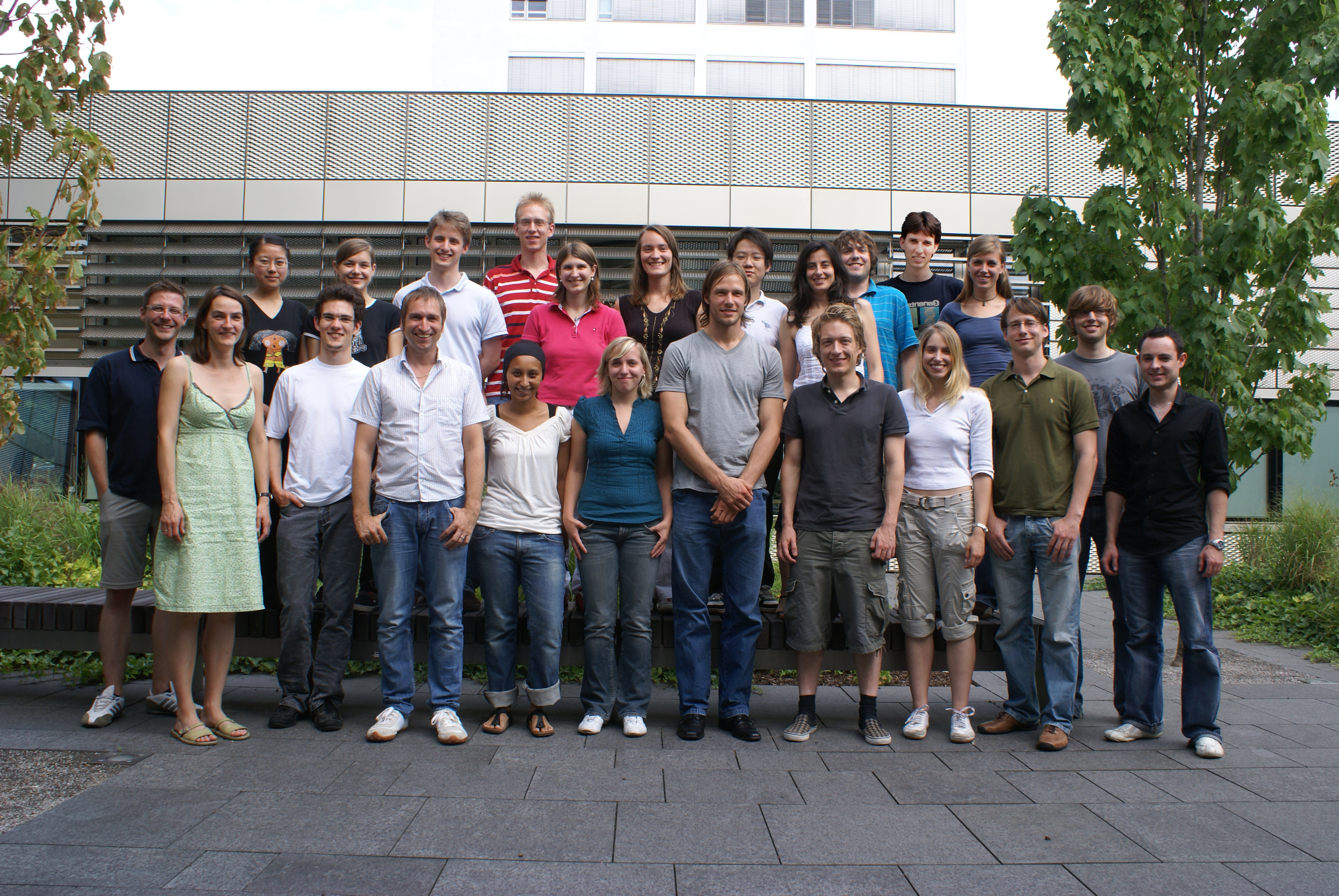
from left to right back: Yin Cai, Marika Ziesack, Kolja Schleich, Maximilian Hoerner, Adjana Eils, Anna Stoeckl, Chenchen Zhu, Barbara DiVentura, Christian Moritz, Dominik Niopek, Kathrin Nussbaum front: Erik Sommer, Michaela Reichenzeller, Stephen Kraemer, Roland Eils, Yara Reis, Maria Münch, Jens Keienburg, Philipp Hundeshagen, Daniela Richter, David Kentner, Andreas Kuehne, Pascal Kraemer
Advisors:
| Undergratuates:
|
[back]
So, after you have got to know the team a little better, we will proceed to have a look at the project of our team
... follow Phips (step 2)  [...back to step 1]
[...back to step 1]
There are many universities - and there is Heidelberg ...
[back]
Bioquant - a short name for a large network
[back]
DKFZ - how to win the Nobel Prize in 25 years
[back]
BioRegio Rhein-Neckar - connecting science and industry
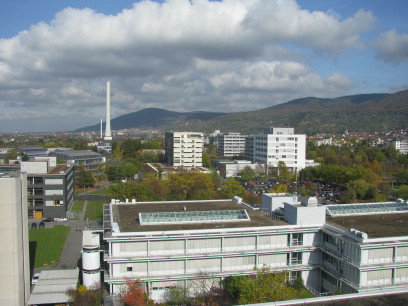
| The Rhein-Neckar area - which reaches from Mannheim to Heidelberg (west-east) and from Darmstadt to Karlsruhe (north-south) has witnessed an enormous increase in biotechnological activities over the last decade. This development has been acknowledged several times by the German Ministry for Education and Research (BMBF, read Newspaper Articles in German), which lead to the name of the BioRegio Rhein-Neckar [1]. On the academic side the Technical Universities of Karlsruhe and Darmstadt, the Business schools at University of Mannheim, and the life science based University of Heidelberg form a geographical rhombus that delivers all competences for sustainable growth. Industrial heavy-weights in chemistry (BASF AG in Mannheim), pharmacy (Merck AG in Darmstadt), and software development (SAP AG in Walldorf) strengthen the region in its challenging ambitions. The creation of the technology park in Heidelberg allows start-up companies in biotechnology to tightly cooperate with the neighboring university, the DKFZ and the European Laboratory of Molecular Biology (EMBL). In the left image you can see the ZMBH and the Bioquant building on the main campus and the technology park in the background.
Links:[http://www.bioregion-rnd.de/welcome.html 1. BioRegio Rhein-Neckar] |
[back]
 "
"
